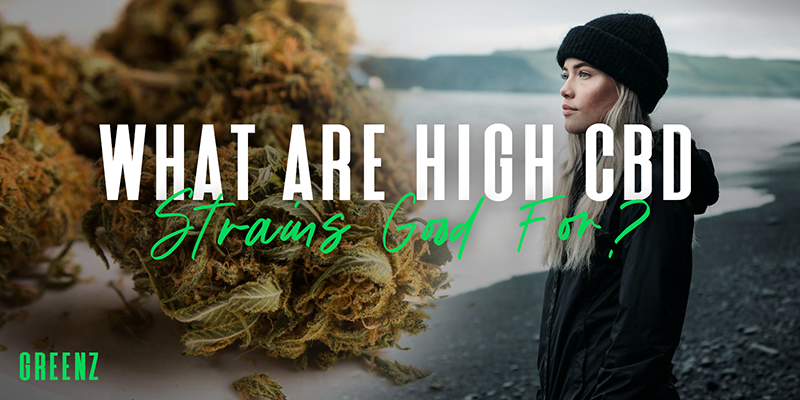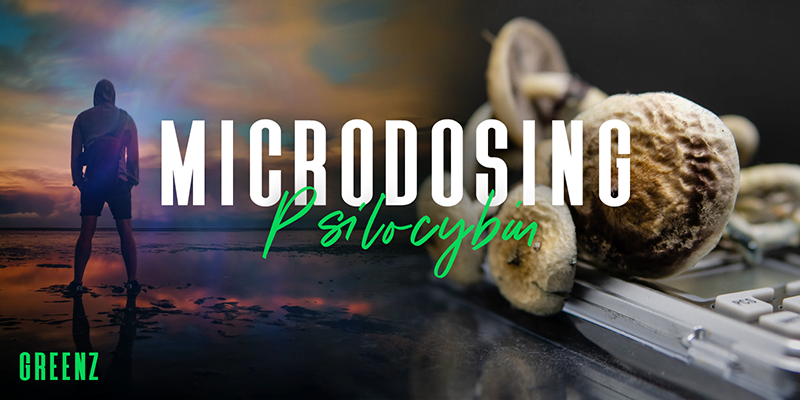Whether your workout jam is heavy weight training at the gym three times a week or a beer-league dodgeball game with friends after work, you’ve likely got the aches, pains and injuries to show for it. Nothing that a couple Advil and some Rub A5-35 can’t fix though, right?
More and more, however, athletes and fitness enthusiasts have been turning to cannabis products such as CBD and THC treatments to aid with everything from pain management and recovery after intense training, workouts or athletic play to relaxation and sleep. And as research continues and legalization opens the door for a plethora of viable treatment options, the stigma of the couch-surfing blunt-smoking stoner are gradually being replaced with a more educated cannabis user, utilizing the plant in a wider range of health-conscious ways, beyond just getting high.
You may have already noticed a few health- and recovery-based cannabis products at your local gym, like CBD-based pills, topical balms and tinctures. Curious? We’re going to break it down for you.
How Do They Work?
It’s all about the cannabinoids, baby. These are the naturally occurring chemical compounds found in marijuana and hemp. Of the cannabinoids the two most important are Tetrahydrocannabinol (THC), the main psychoactive ingredient in cannabis (the one that gets you high), and Cannabidiol (CBD), the most abundant of the cannabinoids (the one that doesn’t get you high). These are the basis for most recovery treatment products.
And while both THC and CBD have been found to have therapeutic properties, moreover, it’s CBD’s effects on the pain perception pathways of the brain and its ability to act as an anti-inflammatory that have athletes and fitness buffs interested.
While more research needs to be done on cannabis’ therapeutic effectiveness, there’s mounting scientific evidence and support in Canada. “It’s time to change our thinking when it comes to cannabis and when it comes to medication in general,” Dr. Lyle Oberg, chief policy & medical officer at Flower, said during his address at Medical Cannabis Week earlier this year. “More research is showing, that cannabinoids are very potent anti-inflammatories. They’re also very potent antioxidants. So it makes sense that you use an anti-inflammatory for an inflammatory condition. Is it going to cure things? Probably not. But it is going to help the symptoms, it’s definitely going to show improvements, and most importantly… it is going to improve the quality of life of our patients.”
Pain Relief and Management
The painful truth of being physically active and fit is that, over time, this intense activity is going to cause pain and inflammation. Muscle tissue gets damaged, your legs and arms get stiff, you might even have muscle spasms. Many athletes have been turning to CBD to relieve these symptoms, as they get the relief they need without the mind-altering effects of THC.
Available in several forms, active people are using CBD often before and during workouts or sports activities with products like deep-tissue rubs and salves that can be rubbed directly on sore muscles and joints while, say, running or weight training. Because it’s not ingested, high doses of CBD can be employed, with its healing effects concentrated on the problem area. Many mixtures include menthol or cayenne for soothing cooling or heating effects.
Afterwards, say at the end of a long day on the slopes, CBD oil pills and drops, with their anti-inflammatory and pain-reduction properties, can be ingested to reduce swelling and pain in that sore knee of yours. CBD has also been known to aid in the treatment of arthritis and multiple sclerosis. If you’re stomach is sensitive to anti-inflammatories like Ibuprofen, CBD may be a good alternative as well.
Recovery and Sleep
One of the biggest components of healthy recovery is, by far, rest and a good night’s sleep. And whether you decide to keep your regimen to CBD and its ability to help with anxiety and depression and stave off insomnia, many choose to also add THC to their bedtime routines to help them get the sleep they need to recuperate.
Regardless of whether your sleeplessness is brought on by those dodgeball arm pains or a more severe sleep disorder, cannabis and its ability to help induce sleep can ease you into sleepytime and even help restore your natural sleep cycle.
Keep in mind, however, that different strains of cannabis offer different effects. In other words, some will calm you down while others will energize you, depending on the balance of THC and CBD in them. So, you’ll want to choose a calming strain with more THC than CBD to help you get those ZZZs.
Now, get out there and hit the court, slopes, track or gym, with the knowledge that there’s an increasing amount of natural alternative cannabis-based treatments you can choose from to help you be your best.




